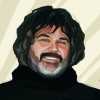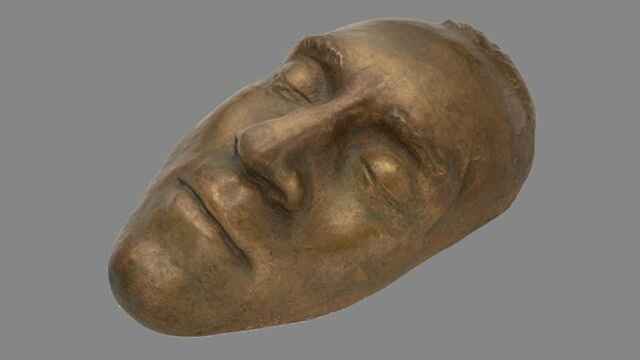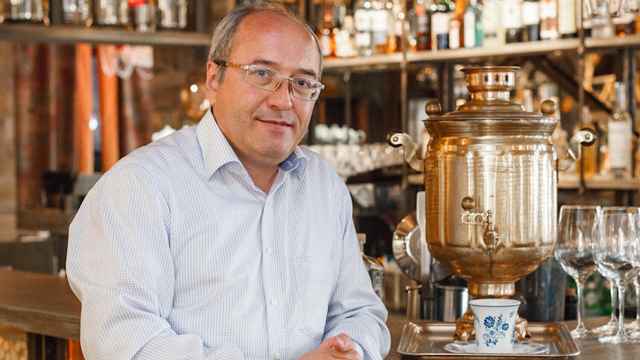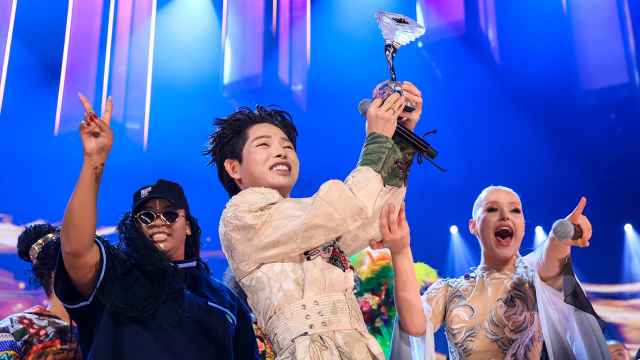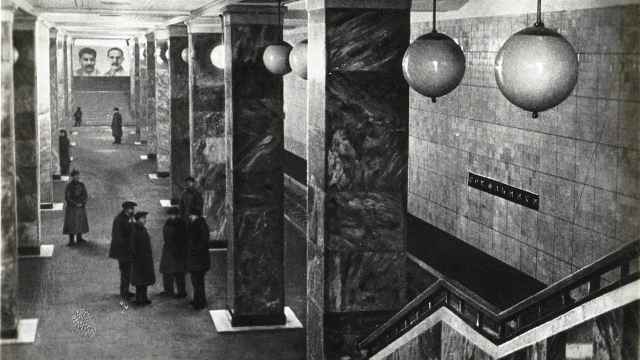"Moscow does not believe in tears" is not just the title of a film that once won the foreign film Oscar. It is a phrase that, perhaps, characterizes Russia's capital city better than any other combination of six words. Moscow is a tough town. You don't mess with Moscow. Moscow will bury you. That kind of thing.
If you've ever lived here, you know how true that is.
But reputations, like laws, are made to be broken. If only just for a few moments at a time.
Saturday, May 19, was the target date for the second low-key political protest masquerading as no political protest at all, which took place in the course of a single week. The first was the Writers' Walk on May 13 that drew upwards of 20,000 people. That was a decidedly non-violent response to violent measures that the authorities repeatedly took against protesters in a week of events beginning the day before President Vladimir Putin's inauguration on May 7. Saturday's march was called by the city's painters, sculptors, animators and graphic artists. It did not draw nearly the number of people as earlier protests have — I would guess that around 2,000 people showed up — but size here isn't the point.
The Artists' Walk, dubbed the Mobile Museum of Contemporary Art, provided some of the most amusing 90 minutes this city has enjoyed in some time. All those crazy artists with their crazy smiles and inspired, fruitcake exhibits — balloons trapped in a cage, a six-foot wooden fish, a motoring machine with all kinds of crazy moving parts, a purple spiked throne, a plastic man trapped in a plastic, computerized world — simply made Moscow smile.
This was humor and fun at its sublimely silliest. Moscow doesn't believe in tears? You're damn right. It believes in laughter and mirth.
Wit has emerged as a major component in the current socio-political dialogue. Russians are proving themselves to be the possessors of an extraordinarily inventive sense of humor. Whatever dark and ominous decision the Russian authorities toss at demonstrators and common citizens these days, the response is invariably a veiled — or not-so-veiled — thumb to the nose and a big laugh.
During Saturday's march I frequently found myself walking next to an artist who had created an oddly lovely purple rattan chair. It featured two heads extending out of the chair back, suggesting something to do with the official Russian seal of the two-headed eagle. Projecting upwards from the seat were a series of long, sharp spikes. The artist, always speaking in a friendly, engaging manner, repeatedly asked passersby, "Would like to take a seat on the throne?" "Try out my throne of power if you like!"
Everybody laughed in response to his invitations.
Was this an artist's moment of solidarity with Putin, who now finds himself in the position of metaphorically occupying a seat like this for another six or 12 years? Or was it an attempt to ridicule anyone silly enough to put himself in a position like that? I don't have the answer to that. Art is never about answers. It's always the questions that count. Plus our emotional response.
What I can say definitely about this sculpture is that it made people laugh. As did the little sculpture of two fish playing piggyback — an unmistakable reference to the official "tandem" of Putin and current Prime Minister Dmitry Medvedev. And as did a young woman who turned herself into an angel by building herself a healthy set of wings out of scraps of colorful paper, photos, newsprint, post-its and the like.
Occasionally the policemen stationed along the route smiled and waved to the crowd passing them by. They were courteous and helpful. A time or two the crowd awarded them with applause. Grateful that the policemen were not chasing anyone with truncheons raised, the members of the march were remarkably law-abiding, honoring most (if not all) of the "don't walk" signs they encountered.
The march began inauspiciously on a tiny lane called Bobrov Pereulok. When I arrived, almost exactly at the starting time of 6 p.m., the street was littered with artists, policemen and photographers. The motley crew of professionals began to move in fits and starts as the artists encountered difficulties wheeling their contraptions over uneven pavement, broken sidewalks and high curbs. As fun as it already was, it looked a bit pathetic at this point. As if no one really cared.
But a curious thing then happened. By the time the little group had traversed 200 meters and reached the first major street crossing at Bolshaya Lubyanka Ulitsa and Rozhdestvensky Bulvar, I looked back to see a significant gathering of people. Another 600 meters later, when we passed through Trubnaya Ploshchad and moved onto Petrovsky Bulvar, the winding snake of people before and behind me was impressive indeed. Moscow had turned out again. This time to walk and laugh with its artists.
For those interested, I have posted a gallery of photos on my Facebook page.
A Message from The Moscow Times:
Dear readers,
We are facing unprecedented challenges. Russia's Prosecutor General's Office has designated The Moscow Times as an "undesirable" organization, criminalizing our work and putting our staff at risk of prosecution. This follows our earlier unjust labeling as a "foreign agent."
These actions are direct attempts to silence independent journalism in Russia. The authorities claim our work "discredits the decisions of the Russian leadership." We see things differently: we strive to provide accurate, unbiased reporting on Russia.
We, the journalists of The Moscow Times, refuse to be silenced. But to continue our work, we need your help.
Your support, no matter how small, makes a world of difference. If you can, please support us monthly starting from just $2. It's quick to set up, and every contribution makes a significant impact.
By supporting The Moscow Times, you're defending open, independent journalism in the face of repression. Thank you for standing with us.
Remind me later.

